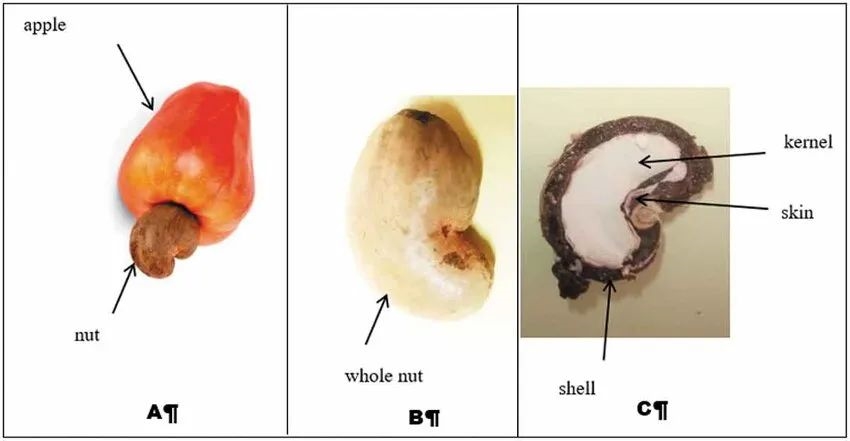"Informed AI News" is an AI-curated publications aggregation platform, ensuring you access only the most valuable information, with the aim of eliminating the information gap and transcending the confines of information cocoons. Find out more >>
Dangers of Consuming Unprocessed Cashew Apples: A Cautionary Tale
- summary
- score





Thomas Harold Watson, a 28-year-old British traveler, suffered a severe chemical burn after eating an unprocessed cashew apple in Mexico. The cashew apple, which is part of the cashew fruit, is seldom consumed due to its brief shelf life and the presence of corrosive chemicals such as anacardic acid and cardol in its shell and flesh. These chemicals can cause substantial damage to the skin and mucous membranes.
Unaware of these risks, Watson experienced intense burning sensations in his mouth and on his hands after biting into the fruit. His lips and face developed severe scabs, similar to those caused by acid burns. Research shows that these chemicals can cause immediate skin irritation and long-term damage, as evidenced by studies where rats exhibited significant skin reactions after exposure to cashew apple juice.
This incident underscores the dangers of consuming unprocessed cashew fruits and the importance of understanding local foods before trying them. Watson's experience serves as a cautionary tale for travelers keen on exploring exotic foods without prior knowledge of their potential hazards.
Key Terms Explained:
- Cashew Apple: The fleshy, edible portion of the cashew fruit, commonly eaten in areas where cashews are grown but rarely elsewhere due to its perishability and the presence of harmful chemicals.
- Anacardic Acid and Cardol: Corrosive chemicals found in the cashew shell and fruit that can cause severe skin and mucous membrane damage.
- Chemical Burn: A type of burn caused by exposure to chemicals, resulting in tissue damage akin to thermal burns.
| Scores | Value | Explanation |
|---|---|---|
| Objectivity | 5 | Content provides a balanced view with factual evidence and expert sources. |
| Social Impact | 3 | Content raises awareness about food safety but has limited widespread impact. |
| Credibility | 5 | Relies on documented case and scientific research. |
| Potential | 4 | Could influence food safety policies and traveler behavior. |
| Practicality | 4 | Provides practical advice for travelers on food safety. |
| Entertainment Value | 3 | Engages readers with a cautionary story but lacks broader entertainment elements. |